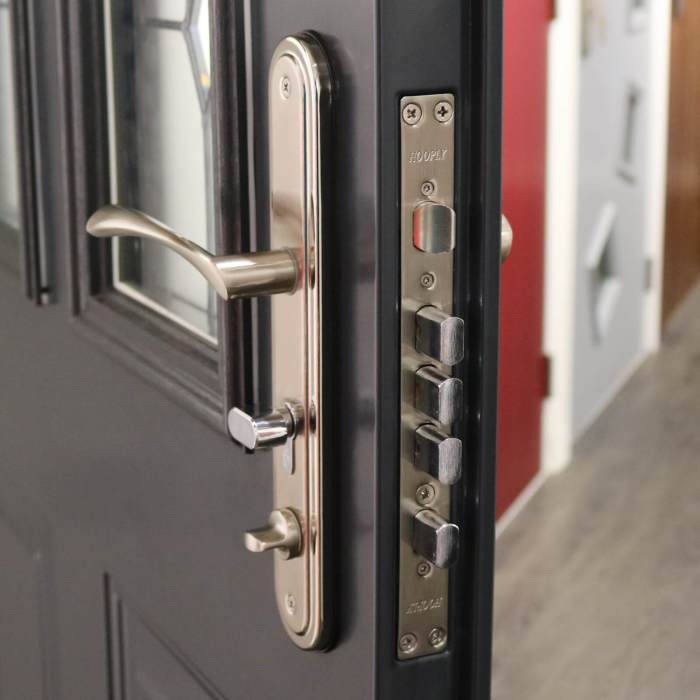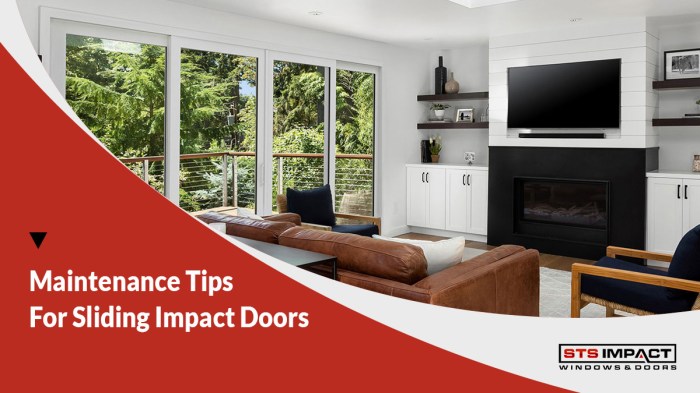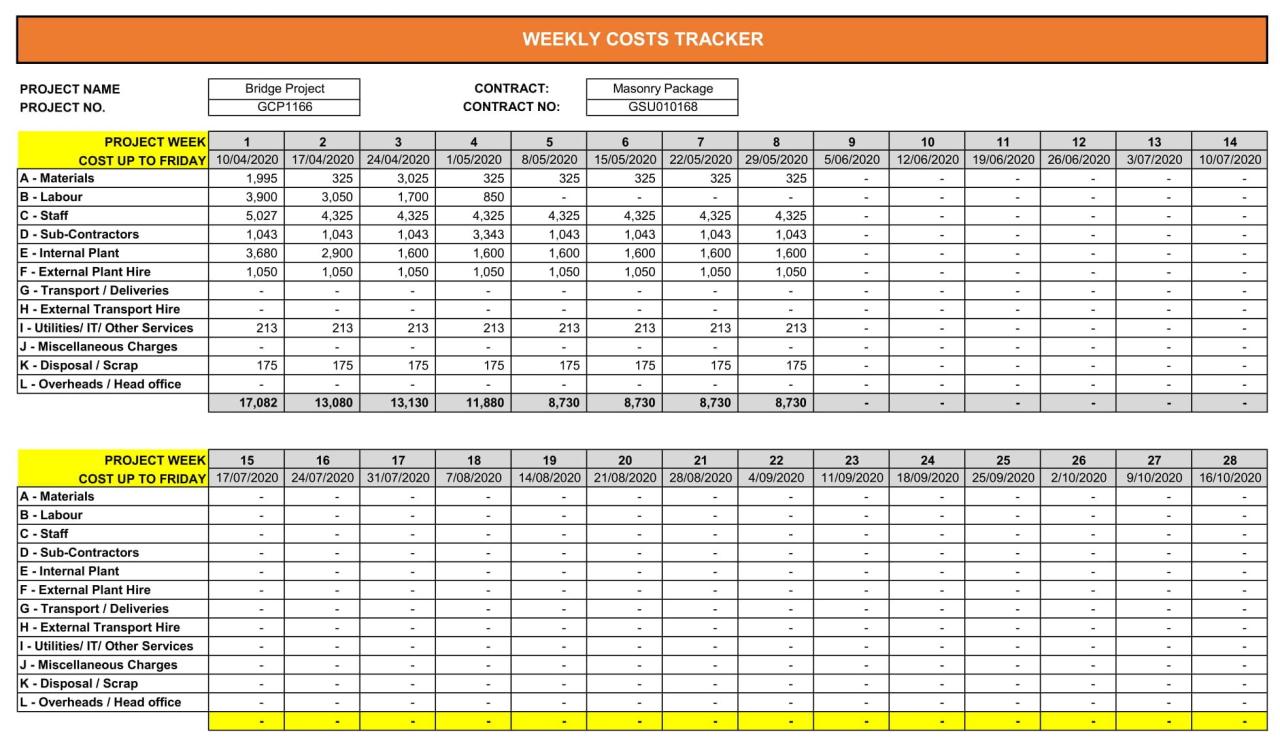Modular Design Tips from Potters Interiors: Enhancing Your Space with Creativity
Modular Design Tips from Potters Interiors sets the stage for this enthralling narrative, offering readers a glimpse into a story that is rich in detail and brimming with originality. From understanding the core principles to exploring innovative solutions, this guide will take you on a journey through the world of modular design in interior decor.
As we delve into the various aspects of modular design, you'll gain valuable insights into how potters leverage this approach to create stunning and functional spaces that can adapt to different needs seamlessly.
Modular Design Principles
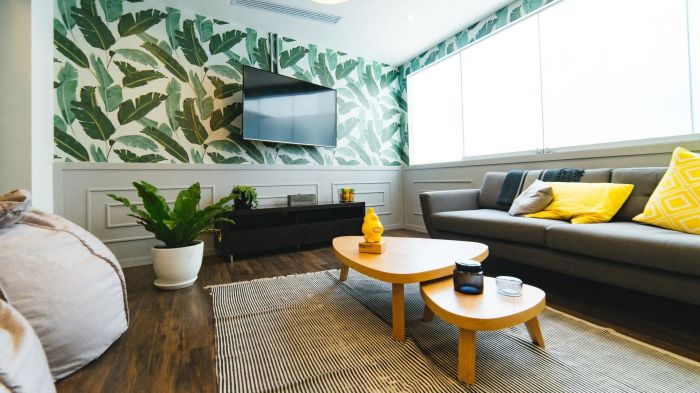
Modular design in interior decor refers to the use of standardized and interchangeable elements to create flexible and customizable spaces. This approach allows for easy reconfiguration and adaptation of the layout according to changing needs and preferences.
Examples of Modular Design by Potters
Potters Interiors often incorporate modular furniture pieces such as sectional sofas, storage cubes, and shelving units that can be easily rearranged to suit different room layouts. They also utilize modular wall panels that can be moved and adjusted to create new divisions within a space.
Benefits of Incorporating Modular Design
- Flexibility: Modular design allows for easy changes and adjustments to the layout of a space without the need for major renovations.
- Space Optimization: By using modular furniture and fixtures, interior spaces can be maximized in terms of functionality and storage.
- Cost-Effectiveness: Investing in modular elements can save money in the long run as they can be repurposed for different uses over time.
- Customization: Modular design offers the opportunity to create unique and personalized interiors that reflect individual style and preferences.
Functional Modular Spaces
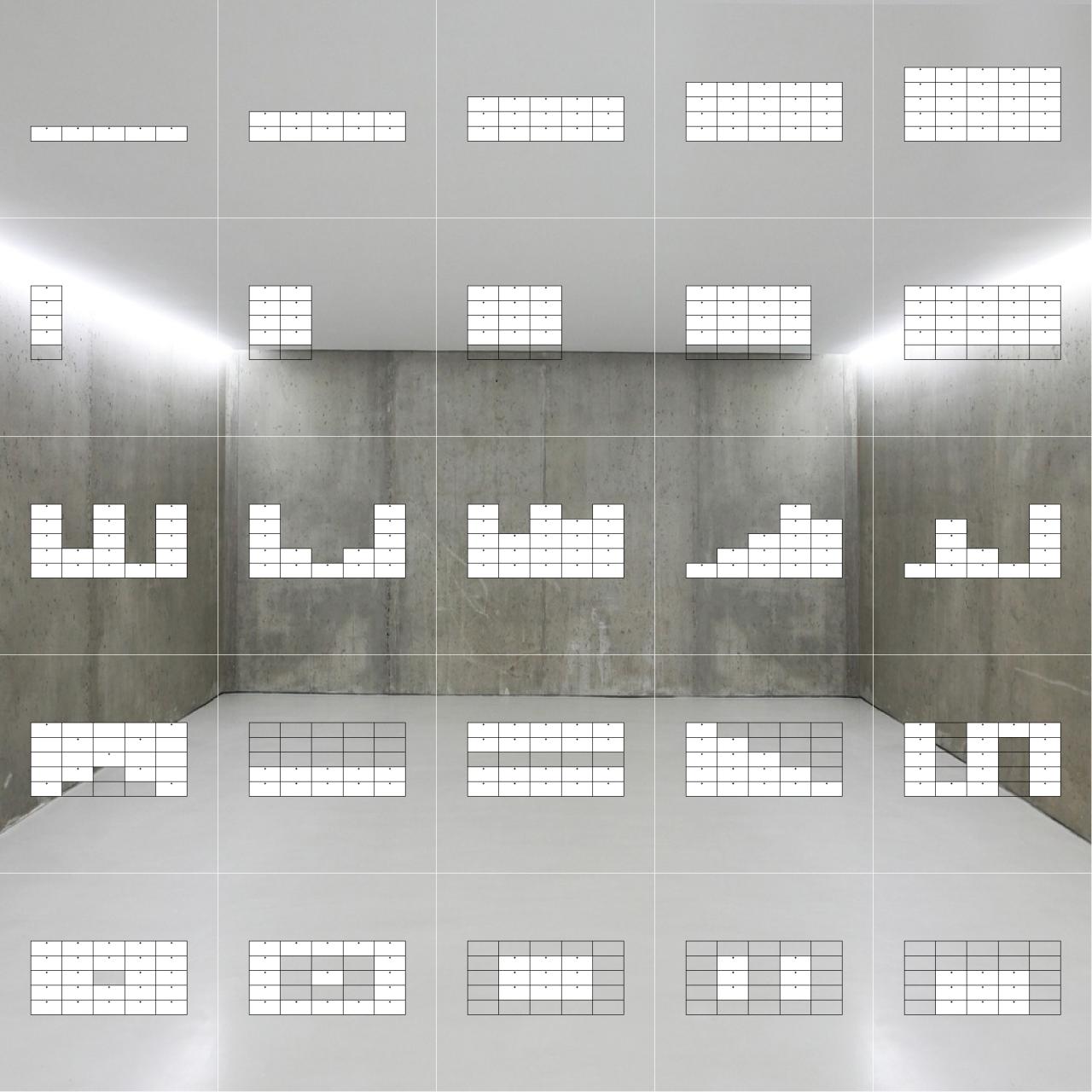
Creating functional modular spaces in interiors is a key aspect of Potter's design philosophy. By incorporating modular elements, they are able to optimize space utilization and enhance the overall functionality of a room. The flexibility offered by modular design allows for easy customization to suit different functions and activities within a space.
Tips for Optimizing Space Utilization
- Consider multi-functional furniture pieces that can serve more than one purpose, such as a sofa that can also be used as a bed.
- Utilize vertical space by incorporating shelves and storage units to maximize storage capacity without taking up valuable floor space.
- Use modular partitions or sliding doors to create flexible room divisions that can be adjusted based on the need for privacy or open space.
- Choose furniture with built-in storage solutions to keep clutter at bay and maintain a streamlined look in the room.
Importance of Flexibility in Modular Design
Flexibility is crucial in modular design as it allows for easy adaptation to changing needs and preferences. By having the ability to rearrange furniture or switch out modular elements, a space can evolve over time to accommodate different functions or activities.
This ensures that the interior remains functional and practical for the occupants, regardless of how their needs may change.
Material Selection and Integration
When it comes to modular design by Potters Interiors, the selection and integration of materials play a crucial role in achieving a cohesive and functional interior space.
Commonly Used Materials
- Wood: Often used for its warmth and versatility, wood can be integrated into modular designs for a natural and inviting feel.
- Metal: Providing a sleek and modern look, metal is commonly used for its durability and industrial aesthetic.
- Glass: Used to add transparency and lightness to spaces, glass can create a sense of openness in modular interiors.
- Plastic: Offering a wide range of colors and finishes, plastic is a versatile material that can be molded into various shapes for modular elements.
Integration Process
The integration of materials in modular design involves carefully combining different textures, colors, and finishes to create a harmonious and visually appealing space. By blending materials such as wood, metal, glass, and plastic, designers can achieve a balanced look that enhances both the aesthetic and functionality of the interior.
Balancing Aesthetics and Functionality
- Consider the purpose of each space and select materials that not only look good but also serve a practical function.
- Choose materials that are easy to maintain and durable to ensure the longevity of the modular design.
- Experiment with different combinations of materials to find the perfect balance between aesthetics and functionality in your interior space.
Innovative Modular Solutions
When it comes to innovative modular solutions, Potters Interiors is known for pushing the boundaries of traditional design. By combining creativity with functionality, they have developed unique modular designs that stand out in the interior design industry.
Creative Use of Space
- One of the innovative solutions used by Potters Interiors is the creative use of space. They often think outside the box to maximize every inch of a room, creating modular designs that are not only functional but also visually appealing.
- By incorporating hidden storage solutions, multi-functional furniture, and customizable modular units, Potters Interiors can transform even the smallest spaces into practical and stylish areas.
Unconventional Materials
- Another way Potters Interiors showcases innovation is through the use of unconventional materials in their modular designs. From repurposed wood to recycled plastics, they experiment with different materials to create eco-friendly and unique furniture pieces.
- By incorporating unexpected elements such as industrial piping, concrete blocks, or salvaged metal, Potters Interiors challenges the norm and creates one-of-a-kind modular solutions that leave a lasting impression.
Customized Technology Integration
- Potters Interiors also excels in integrating customized technology into their modular designs. From smart storage solutions with automated features to interactive furniture pieces with built-in charging stations, they prioritize functionality without compromising on style.
- By combining cutting-edge technology with modular design principles, Potters Interiors creates innovative solutions that cater to the needs of modern homeowners looking for both convenience and aesthetics in their living spaces.
Concluding Remarks

In conclusion, Modular Design Tips from Potters Interiors encapsulates the essence of blending creativity and practicality in interior design. With a focus on modular principles, functional spaces, material selection, and innovative solutions, this guide equips you with the knowledge to transform your living spaces into harmonious and versatile environments.
FAQ Explained
How do potters typically use modular design in their interiors?
Potters often incorporate modular furniture pieces that can be rearranged to suit different layouts and functions, allowing for greater flexibility in design.
What are some benefits of incorporating modular design in interior spaces?
Modular design offers versatility, efficient use of space, and easy adaptability to changing needs, making it a practical choice for modern living.
How can one optimize space utilization through modular design?
By choosing modular furniture with multifunctional features and clever storage solutions, one can maximize space efficiency without compromising on style.
What role does creativity play in developing unique modular designs?
Creativity is essential in pushing the boundaries of traditional design norms, allowing for the development of innovative and personalized modular solutions that stand out.
